1. Learn about the priority groups for medical examination and treatment according to regulations
1.1. Regulations on priority subjects in the Law on Medical Examination and Treatment 2023
According to Clause 2, Article 3 of the Law on Medical Examination and Treatment 2023 (effective from January 1, 2024), the principles of medical examination and treatment are stipulated. Notably, the priority of medical examination and treatment is given to the following cases:
– The patient is in emergency condition.
– Children under 6 years old.
Pregnant women.
– People with severe disabilities.
– People with severe disabilities.
– People aged 75 and over.
– People with revolutionary contributions suitable to the characteristics of medical examination and treatment facilities.

Children under 6 years old are priority subjects for medical examination and treatment.
1.2. Analysis of priority target groups
– Patients in emergency: This is a case that must be treated immediately, regardless of age, subject or order of arrival. The goal is to protect the patient's life in a dangerous situation.
– Children under 6 years old: At this age, the body is still immature, resistance is weak, so it is easy for the disease to become serious. Prioritizing examination helps children receive timely medical intervention, avoiding complications.
– Pregnant women: Pregnancy is a sensitive period, any health problems can affect both mother and fetus. Therefore, being given priority for examination will help ensure the safety of both, especially in cases requiring special monitoring.
– People with severe and extremely severe disabilities: This group is prone to difficulties in moving, communicating and taking care of themselves. Priority is given to demonstrate the spirit of humanity and support for equality in access to health services.
– People aged 75 and over: The elderly often suffer from many chronic diseases, poor health, and slow recovery. Prioritizing medical examination and treatment for them is not only a social responsibility but also demonstrates the Vietnamese culture of “respecting the elderly and achieving longevity”.
– People with revolutionary contributions: This is a group of people who have made great contributions to the country. Prioritizing medical examination and treatment is a deep gratitude and demonstrates the nation's morality of remembering the source of water.
2. The meaning of priority policy in medical examination and treatment
2.1. Create equitable access for the disadvantaged
In reality, not everyone can proactively access health services with the same ease. People in vulnerable groups – such as children, the elderly, people with disabilities or pregnant women, etc. often face many barriers in moving, communicating or taking care of themselves.
Priority policies in medical examination and treatment help narrow the inequality gap, ensuring that the most vulnerable people still have the opportunity to receive medical examination and treatment at the right time, according to their needs, and in the right way. Especially in the context of some public hospitals being frequently overloaded, prioritizing examination for these subjects becomes more practical and meaningful than ever.
2.2. Demonstrating humanity and social ethics
Priority policy is a clear manifestation of a humane healthcare system – where patients are not simply “patients” but people who need to be understood, cared for and need more support.
This not only contributes to building the image of a modern, professional healthcare sector, but also affirms the spirit of “taking the patient as the center”. At the same time, this is also a manifestation of the nation’s fine traditional ethics: “When drinking water, remember its source”, “Respect the elderly, love the young”, “Respect those who have contributed”.
2.3. Improve treatment efficiency and optimize medical resources
Prioritizing early examination for those in dangerous conditions or at risk of rapid disease progression not only helps to increase the possibility of successful treatment but also minimizes complications and costs for patients. When patients receive timely intervention, the recovery process will be faster, less costly, and also contribute to reducing the burden on the health system in the long term. Thus, this policy is not only humane but also brings practical economic and social effects.
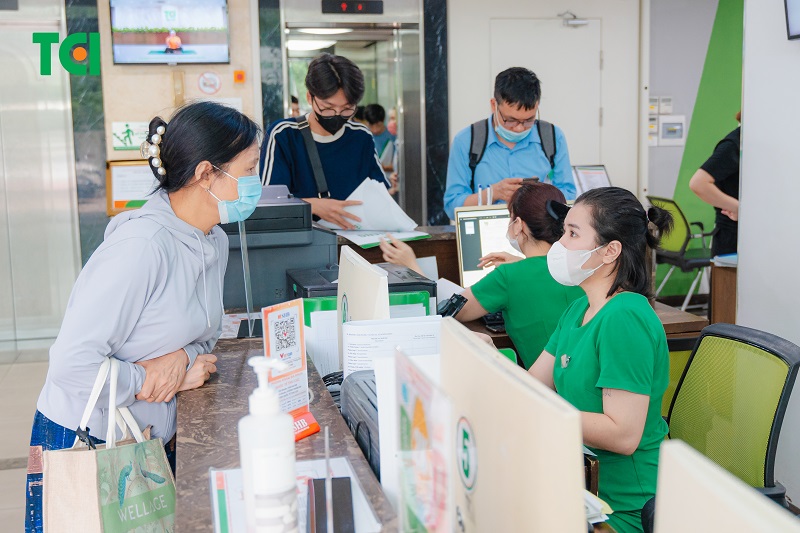
This policy shows many humane meanings.
3. Some notes when exercising the right to priority medical examination and treatment
– People should present documents proving their priority status (for example: birth certificates for children, pregnancy check-up books, disability certificates, certificates of meritorious people, etc.).
– Medical facilities need to arrange a reasonable admission and flow process to ensure the rights of priority groups without causing frustration for other patients.
– In case of emergency, priority is exercised immediately without initial verification procedures, to ensure safety of life.
4. At Thu Cuc TCI Healthcare System – Priority policies are implemented flexibly and effectively
At Thu Cuc TCI Healthcare System, the principle of prioritizing medical examination and treatment is implemented seriously, flexibly and in accordance with the practical operations at each facility. In particular:
– People in priority groups will be supported with quick routing and guidance, shortening waiting times.
– The medical staff at TCI are always trained in communication skills, professional behavior, always putting understanding and dedication first.
– Modern facilities, online appointment booking system and flexible reception desk help enhance the medical examination and treatment experience, especially for the elderly or disabled.
– At some TCI facilities, separate examination areas for vulnerable groups such as the elderly and pregnant women are also arranged separately to ensure convenience, privacy and safety.
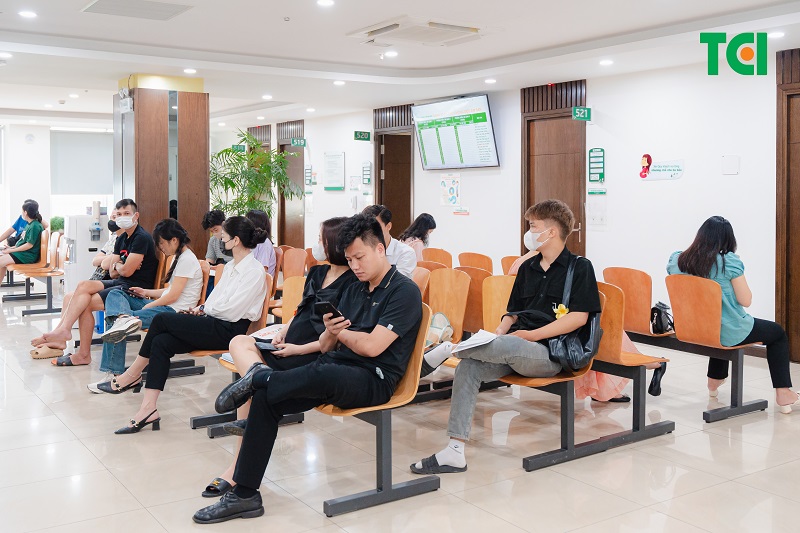
At Thu Cuc TCI Healthcare System, the principle of prioritizing medical examination and treatment is implemented seriously and flexibly.
Clearly defining priority groups in medical examination and treatment according to the Law on Medical Examination and Treatment 2023 not only helps improve the quality of medical services but also demonstrates social responsibility, humanity and fairness in accessing health care. Therefore, each citizen should clearly understand their rights to be more proactive in the medical examination and treatment process, while respecting and supporting priority groups, contributing to building a civilized and humane medical examination and treatment environment.
Source: https://benhvienthucuc.vn/doi-tuong-duoc-uu-tien-trong-kham-chua-benh-tu-ngay-1-1-2024/


























![[Photo] An Phu intersection project connecting Ho Chi Minh City-Long Thanh-Dau Giay expressway behind schedule](https://vstatic.vietnam.vn/vietnam/resource/IMAGE/2025/8/21/1ad80e9dd8944150bb72e6c49ecc7e08)









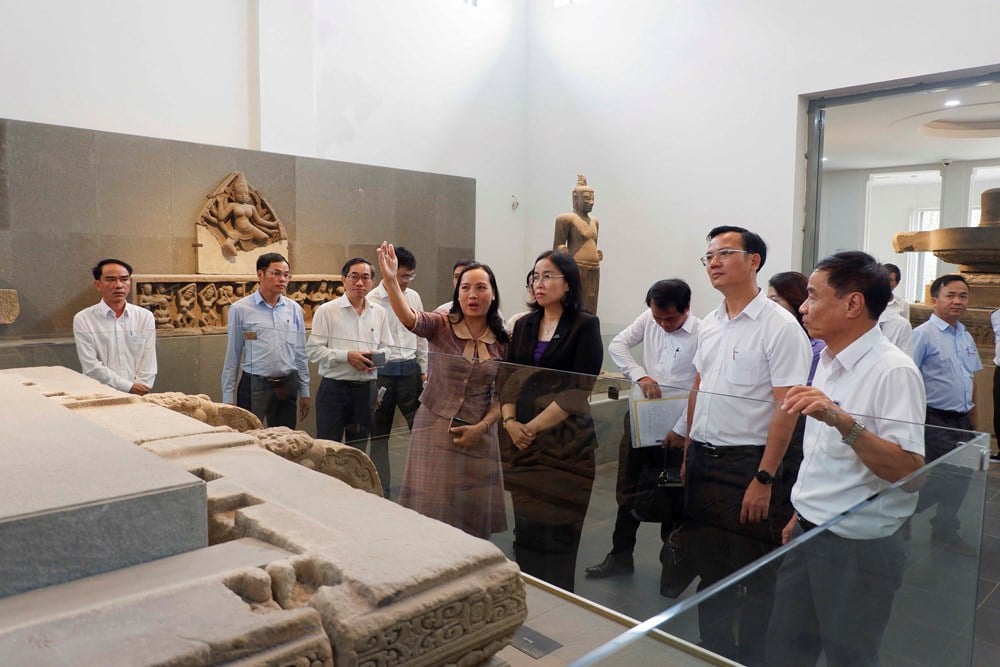




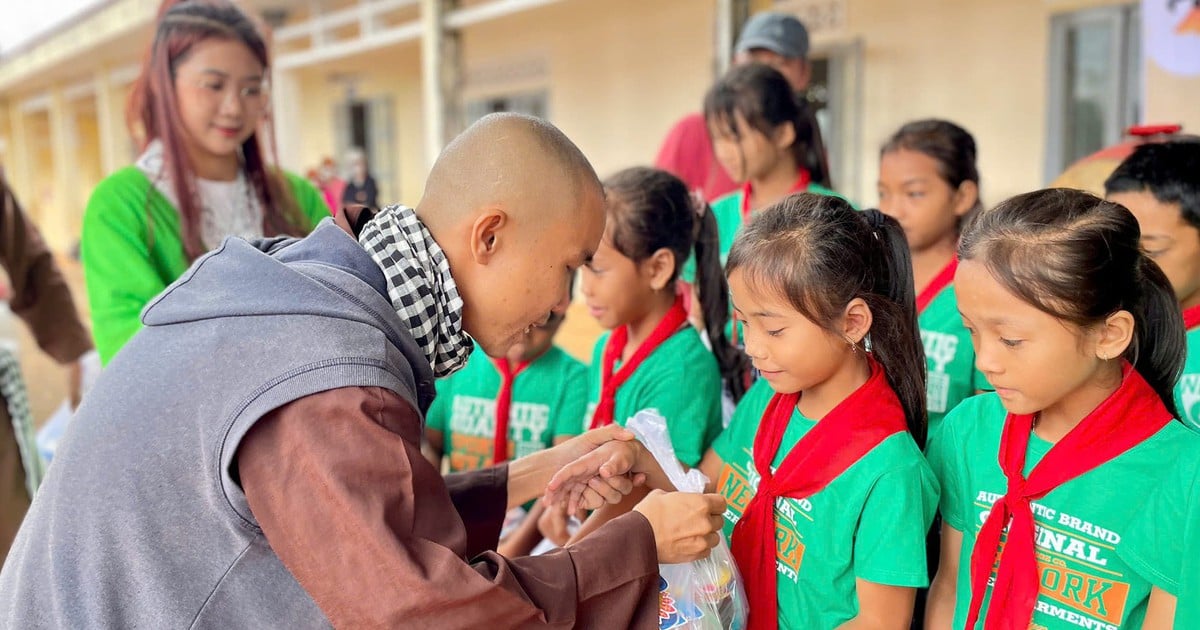


















![[Photo] Politburo works with the Standing Committee of Hanoi Party Committee and Ho Chi Minh City Party Committee](https://vstatic.vietnam.vn/vietnam/resource/IMAGE/2025/8/21/4f3460337a6045e7847d50d38704355d)


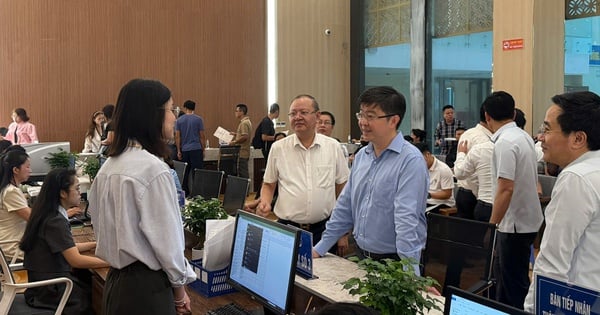



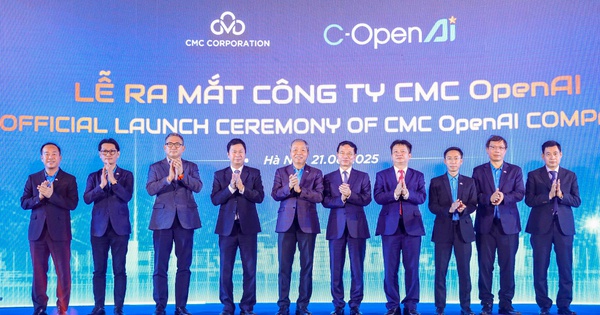



















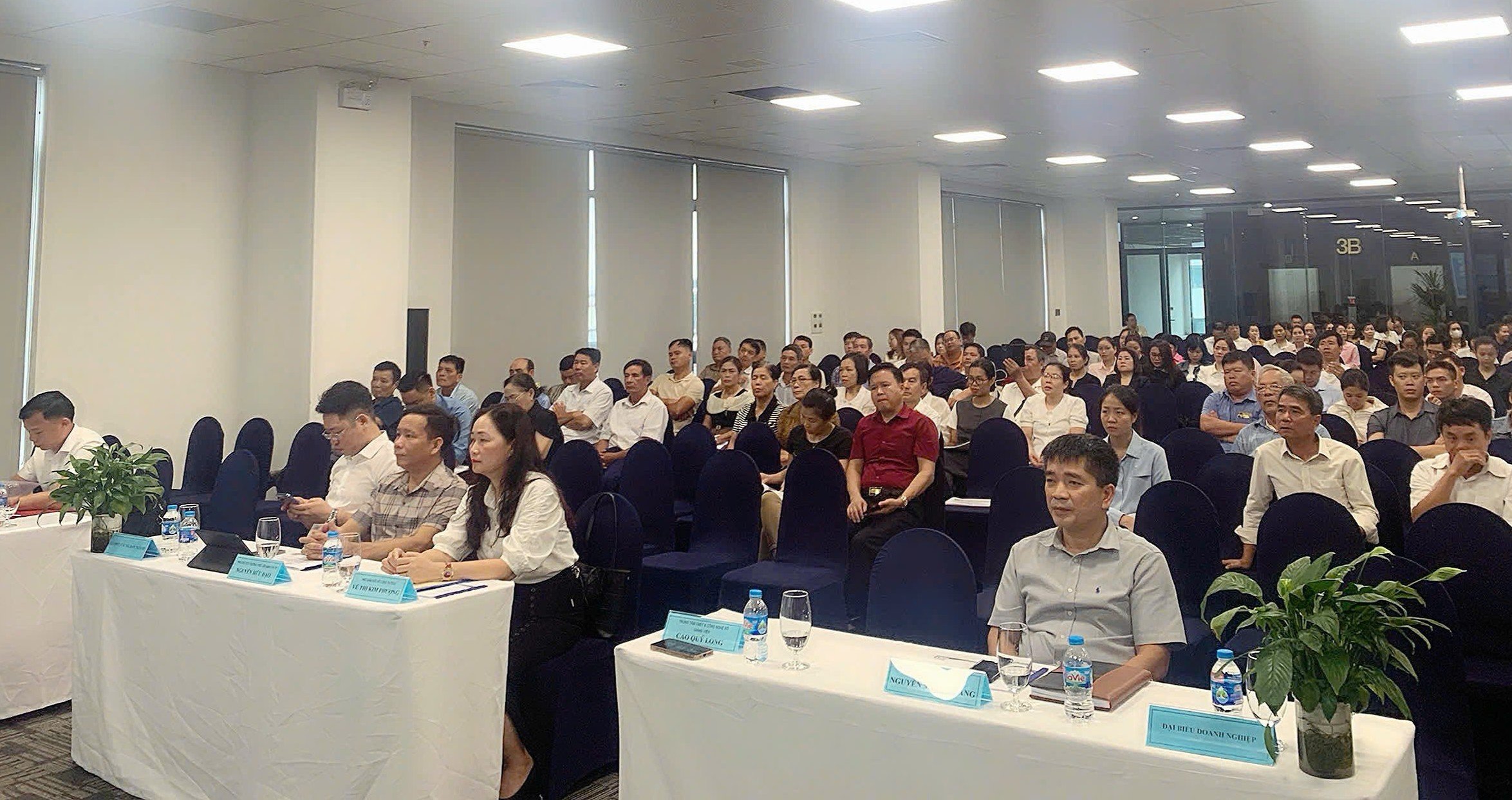






Comment (0)